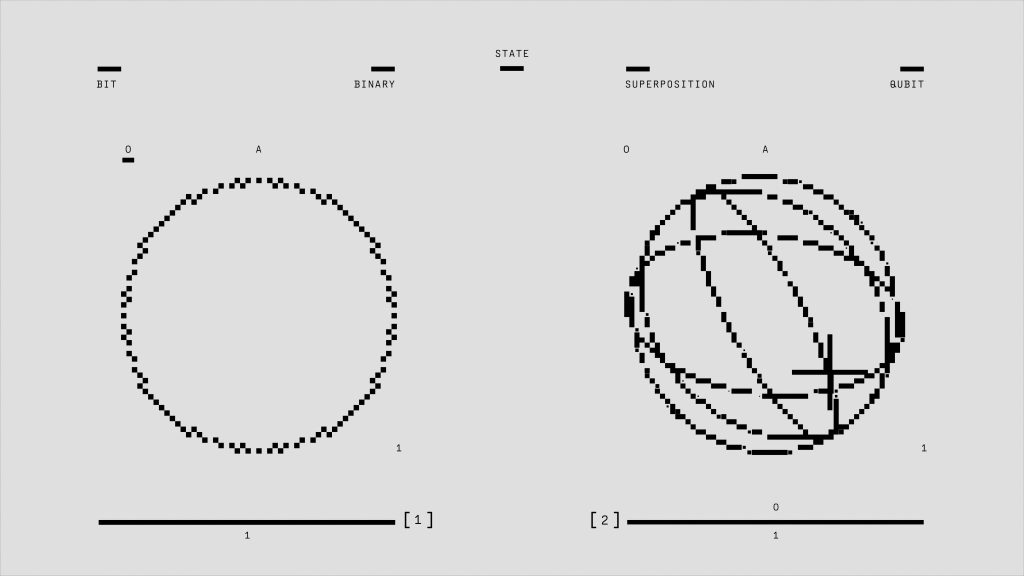Diagnosing and Addressing a Computer Failure Following a Power Surge
Experiencing a computer failure can be both frustrating and perplexing, especially when symptoms evolve over time. Recently, a user reported an issue with their wife’s desktop that initially exhibited slow startup times and drive errors, and later failed to load the operating system altogether. Such scenarios often point to hardware issues potentially triggered by power surges. In this article, we’ll explore the possible causes, diagnostic steps, and solutions to help you assess and address similar problems.
Understanding the Symptoms
The initial symptoms included:
- Slow boot process, with the motherboard’s loading screen taking an extended time before the OS eventually loaded.
- Certain hard drives not recognized or reporting errors.
- After shutting down, subsequent restarts resulted in the system hanging on the motherboard splash screen without loading the OS.
- BIOS access was possible, and the drives were recognized at this level.
Additionally, the surge protector’s indicator light was off, suggesting it was no longer providing protection—a common sign that it may have been compromised during a power event.
Potential Causes of Hardware Failure
While multiple drives failing simultaneously is unusual under normal circumstances, it raises suspicion of a power surge or spike affecting the system.
Common causes include:
– Power surges damaging motherboard components or connected devices.
– Hard drive failure due to power fluctuations.
– Power supply issues or damage.
Diagnostic Steps
1. Confirming Motherboard Integrity
To ascertain whether the motherboard sustained damage, consider the following:
- Check for physical signs of damage, such as burnt components or bulging capacitors.
- Attempt to reset BIOS settings to default.
- Listen for Beep codes during startup, which can signal hardware issues.
- Run hardware diagnostics if available via BIOS or on a bootable diagnostic USB.
2. Testing Hard Drives
To verify if the drives are functioning:
- Remove the drives and connect them to another functioning computer using a SATA/USB adapter.
- Check if the drives are recognized and accessible.
- Use drive diagnostic tools (e.g., CrystalDiskInfo, manufacturer-specific utilities) to assess their health.
If the drives are non-responsive or report errors, they may have been damaged or failed due to power events.
3. Assessing Power Supply and Surge Damage
Since the surge protector’s indicator is off:
- Replace the power strip or surge protector with a known good unit.
- Use a multimeter
Share this content:



